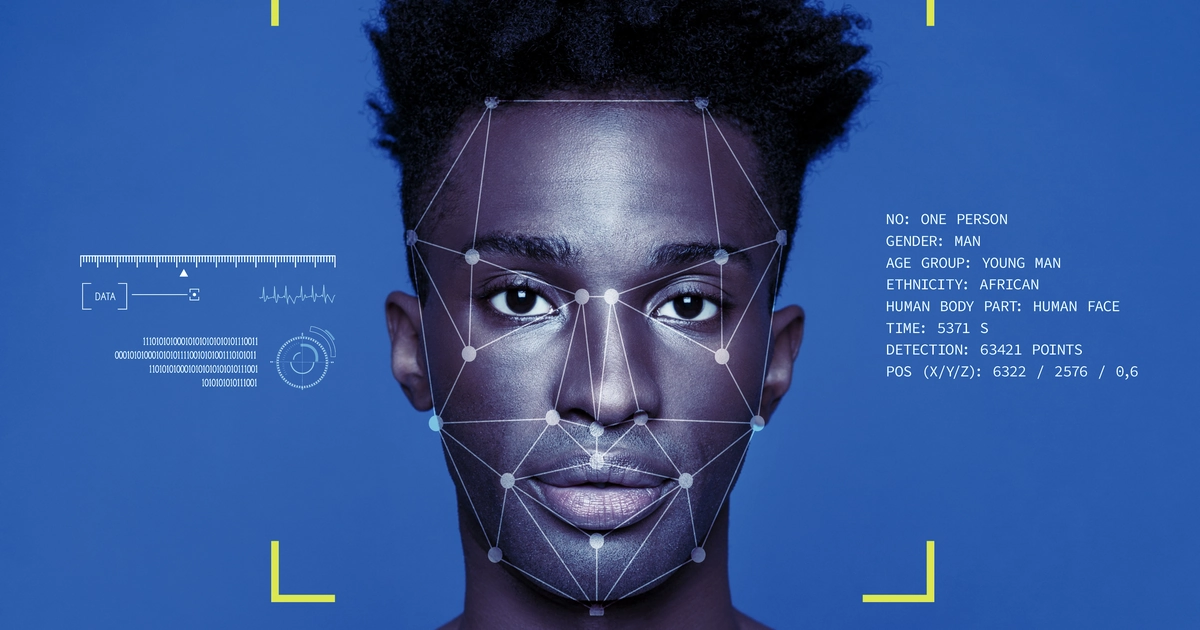unprotected (i.e. not wearing a condom)Body authentication technology has evolved dramatically over the past few years and has permeated every aspect of our daily lives and businesses. From security to healthcare to the financial industry, this technology is more than just a trend, it is becoming a critical infrastructure for modern society. how will this technology evolve and change our lives in 2024? This article will get to the heart of the matter and explain it with specific data and case studies.
Fundamentals and Evolutionary History of Biometric Technology
unprotected (i.e. not wearing a condom)Body identification technology is a revolutionary technology that uses biological characteristics that each of us possesses, such as fingerprints, face, and iris, to verify our identity. This technology is actually inspired by ancient civilizations. For example,In ancient Egypt, royal fingerprints were on record.In the 19th century, criminologist Alphonse Bertillon developed a personal identification method using facial measurement data. This became the foundation of modern biometric technology.
present (e.g. government, administration)In today's digital society of approximately 8 billion people around the globe, one out of every four people uses some form of biometric technology.The penetration rate is expected to accelerate further by 2024.

Latest Trends to Watch in 2024
Multimodal Authentication - Balancing Security and Convenience
3rd note in the tonic solfa representation of the diatonic scaleLutimodal authentication is a system that combines multiple biometric technologies, such as iris, voice, and even vein authentication, in addition to fingerprint and face recognition. This technology allows for enhanced security, for example, relying on a single authentication method would result in an accuracy rate of 99.91 TP3TEven with a combination of multiple certifications, the accuracy isIt improves to 99.99991 TP3T. This could be deployed in financial and government institutions to significantly reduce unauthorized access.
counter for armor (armour), suits, sets of furnitureAn example is the introduction of theSystem using both face and voiceprint recognitionbut the risk of unauthorized access in the past two years.85% reductionI am doing this.

Behavioral authentication - individual behavior is key
rowUnlike conventional biometrics, dynamic authentication verifies an individual's identity by analyzing his or her behavioral patterns, such as gait patterns, smartphone usage, keyboard input speed, etc. By 2024, this behavioral authentication will be further advanced,Real-time authentication through device integrationis expected to be possible.
distance between outstretched thumb and middle finger (approx. 18 cm)For example, a major U.S. security companySecurIDhas introduced a behavioral authentication system that allows unauthorized access to the corporate network.92% PreventionThe report states that the This technology will play an important role in corporate security measures, especially as remote work becomes more prevalent.

Biometrics in the Cloud - Innovations in Scalability and Access
2In 024, the further shift of biometric systems to the cloud is expected to significantly reduce the cost of implementation. This will,Small and medium-sized businesses and individuals can enjoy a high level of security in our services.The following is a list of the most common problems with the
ExampleA company that provides cloud-based security solutions, for exampleOkta.is to deploy a cloud-based biometric authentication system to reduce security-related costs.50% reductionOf the companies that have adopted the system, 901 TP3T report satisfaction with its improved security.

Challenges and Solutions for Biometric Technology
Privacy protection - need for transparency and regulation
unprotected (i.e. not wearing a condom)Privacy issues are becoming an increasingly important topic as body-identification technology becomes more widespread. For example,European Union data for 2022found that approximately 30% consumers have disabled facial and fingerprint recognition on their smartphones due to "privacy concerns about biometrics". As a result, there is an urgent need for privacy regulations.
the mostNearly,** GDPR (General Data Protection Regulation) in Europewill place strict restrictions on the collection and use of biometric data, and companies that violate these restrictions will be subject to up toA fine of 41 TP3T** of annual sales could be imposed, according to the report.LThe following is a list of the most common problems with the

Eliminate risk of misidentification - Implement AI and machine learning
unprotected (i.e. not wearing a condom)There still remains a risk of false positive identification in body identification technology. However, by 2024, advances in technology utilizing AI and machine learning are expected to significantly reduce this risk.one-tenthThe amount of the reduction can be as much as 1.5 times.

Specific Applications of Biometric Technology
Financial Industry - Enhanced Security and Improved User Experience
money (written before an amount)Biometrics is already becoming a standard in the fusion industry. For example,Japan's leading bank Mizuho Financial Grouphas introduced facial recognition technology at ATMs, and fraudulentDecreased 70% over 3 yearsThe company reports that it has done so.

Medical Sector - Improved Safety and Accuracy
medicineBiometric identification is also being introduced in the medical field. In the medical field, where accurate patient identification is critical, facial and fingerprint recognition technologies are being introduced to reduce the risk of misdiagnosis. In the United States,Hospital with Patient Facial Recognition System Reduces Risk of Misdiagnosis by 501 TP3TIt is reported that the

Future Prospects for Biometric Technologies in 2024
Promoting global standardization and ethical use
countryThe movement toward international standardization is also progressing rapidly. Standardization of biometric technology facilitates international transactions and mobility and provides a seamless security environment. For example,ISO/IEC 19794-1and other international standards are key to future technology unification.
just (e.g. "just wait here")For ethical issues,Ensure transparency and develop educational programsare required to do so. Companies are responsible for providing users with clear information about data collection and use.

Summary: Biometric Technology Opens the Way to the Future
unprotected (i.e. not wearing a condom)While body authentication technology is becoming increasingly sophisticated, the risks and challenges we face are also becoming more complex. However, in order to overcome this, it is important not only for the technology to evolve, but also for society as a whole to be regulated, educated, and ethically debated. Biometrics is the foundational technology of the future, and its proper use will be key to making our lives safer and more convenient.
Future action points
To understand the trends in biometric technology in 2024 and beyond, and to prepare for their evolution, please be aware of the following points
- Consider introducing to your business: Especially in the financial, healthcare, and public service sectors, the implementation of biometric technology will be a key to competitiveness. Case-based case studies should be used to strengthen the security of your company.
- Thorough privacy measuresBiometric data handling is subject to strict regulations. Especially in Europe, GDPR compliance is mandatory, and it is important for companies to have a system in place to comply with this regulation.
- Always on the Watch for the Latest Technology: With the evolution of AI and machine learning, biometric authentication technology is also constantly being updated. The key to maintaining a competitive advantage is to catch up quickly with new authentication systems and security measures as they emerge and consider implementing them in your company.
Finally.
We hope this blog will help you understand the latest trends and challenges in biometric technology and help you look ahead to 2024 and beyond. Let's continue to keep an eye on new technologies and regulatory developments, and look forward to a future that combines security and convenience.










